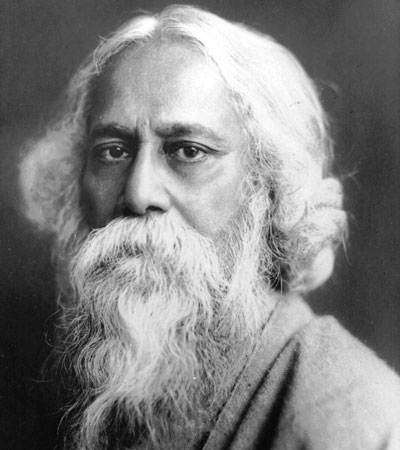
Rabindranath Tagore
What he advocated
He advocated for Nature education and the importance of arts and culture in the curriculum. We now see it as Art Pedagogy and Nature Education in Foundational Years Settings.
How learners will see it in practice
1. Outdoor play and Nature based learning
2. Indian Art forms in our toys
3. Indian and Global art forms in our curriculum
In theory work -
Nature Advocacy Project
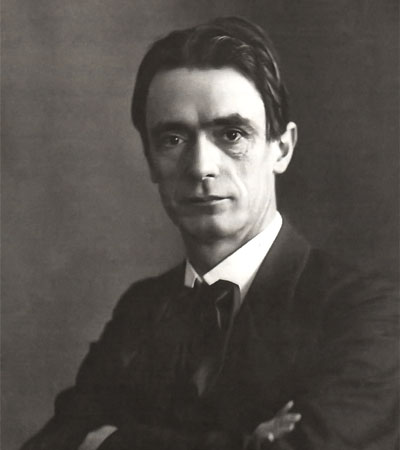
Rudolf Steiner
What he advocated
He developed the Waldorf Education system and believed in the importance of Rhythm, Repetition and Reverance in the curriculum.
How learners will see it in practice
1. Rhythm- Transitions, circle time, number magic, literacy time, etc.
2. Reverence- End of the day reflection.
3. Repetition- Curriculum is reinforced with various different strategies not drill.
In theory work -
Project on creating Rhymes
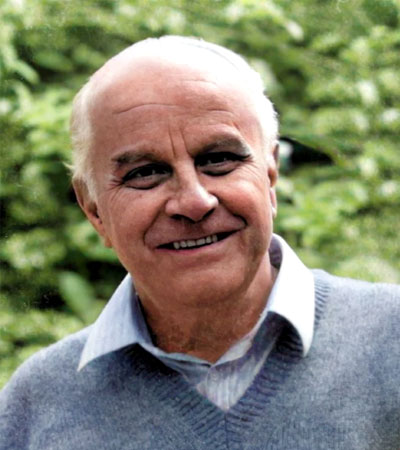
Loris Malaguzzi
What he advocated
He is best known for his instrumental role in the creation and development of the Reggio Emilia approach — the child-centered early educational philosophy that hinges on the belief that children are powerful and capable individuals, with the ability and desire to construct their own knowledge.
How learners will see it in practice
1. Art and creativity
2. Project based learning
3. Documentation of child’s drawings
4. Maintaining portfolio for every child
In theory work -
1. Fine motor skills project
2. Project file on Teaching and learning aids
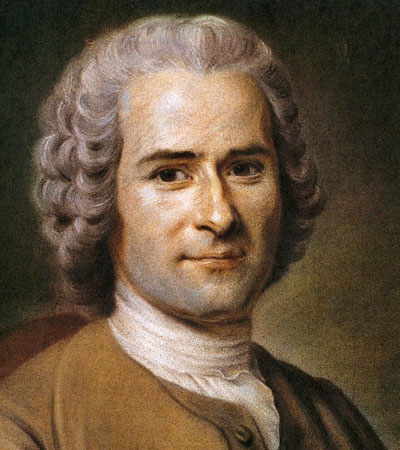
Jean Jacques Rousseau
What he advocated
He greatly influenced the modernization of educational thought and practice. He introduced a movement in education which is called 'Naturalism'
How learners will see it in practice
Understanding the ‘nature’ of children with observation during longitudinal studies
In theory work -
Longitudinal studies Project
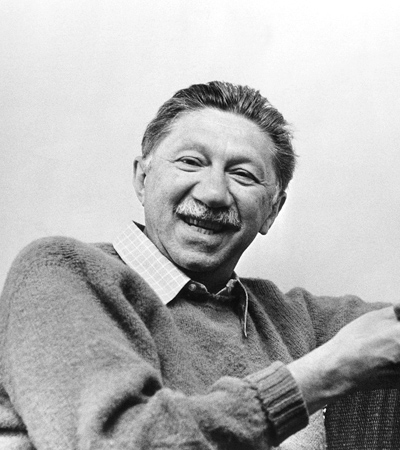
Abraham Maslow
What he advocated
He developed a hierarchy of needs to explain human motivation. His theory suggested that people have a number of basic needs that must be met before people move up the hierarchy to pursue more social, emotional and self-actualizing needs.
How learners will see it in practice
We show learners the connection between Panchakosha of NCF 2022 and Maslow Hierarchy of Needs used in practice during -
1. Snack time
2. Greeting time
3. Coding, numeracy
4. Whole class discussion
In theory work -
1. Project file on Health and Hygiene and meal planning
2. Project on Child development milestone and Child rights
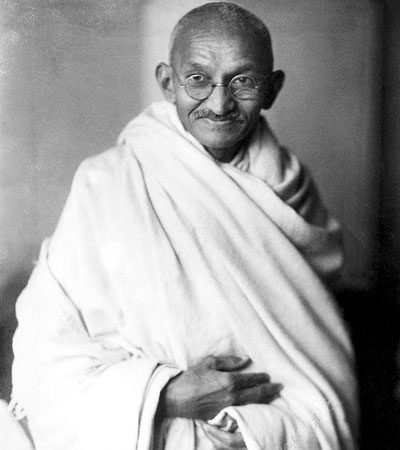
Mahatma Gandhi
What he advocated
He reemphasized Pestalozzi’s Head-Heart and Hand concept and stressed on the power of drawing before writing.
How learners will see it in practice
1. Head - All thinking and application activities in our Learner Strategies
2. Heart - Socio-emotional and ethical development games
3. Hand - Drawing, Art and craft activities and worksheets
In theory work -
Project file on Fine motor skills
Project file on Teaching and learning aids
Project file on Worksheet design
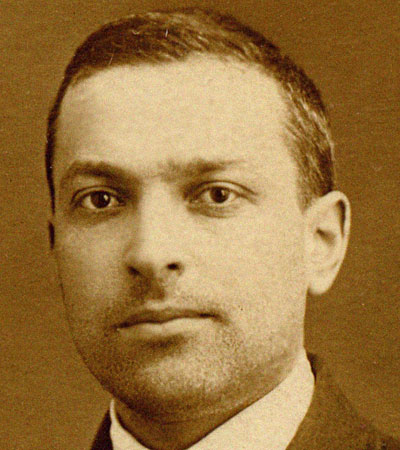
Lev Vyogotsky
What he advocated
He is credited with ZPD (Zone of Proximal Development), Scaffolding And Social Learning Theory
How learners will see it in practice
1. Learners are taught about the similarities between GRR in NCF-2022 and Vygotsky’s ZPD
2. Assessment methods
In theory work -
Longitudinal Studies Project
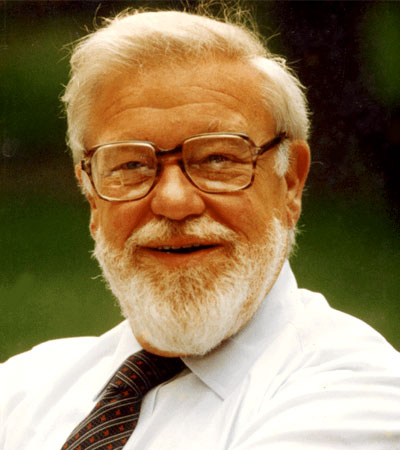
Glenn Doman
What he advocated
He is credited with the model of teaching children reading and math with flashcards. The technique worked with all children
How learners will see it in practice
Symphonics our Literacy Program
In theory work -
Project file on Lesson plans and designing worksheets
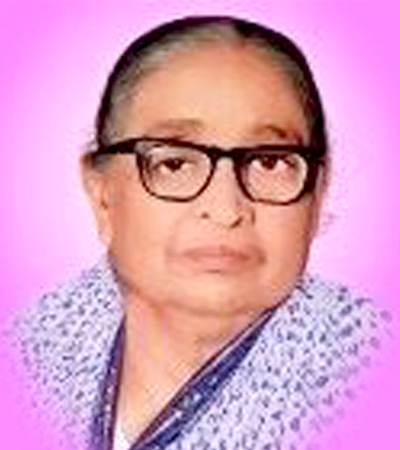
Anutai Wagh
What she advocated
She was one of the pioneers of preschool education in India. She along with Modak pioneered a programme whose curriculum was indigenous, used low cost teaching aids and was aimed at holistic development.
How learners will see it in practice
1. Indigenous teaching aids
2. Focus on holistic development during event celebrations
In theory work -
1. Project on Children’s event planning
2. Project file on Teaching and learning aids
3. Project on designing a Curriculum School Model
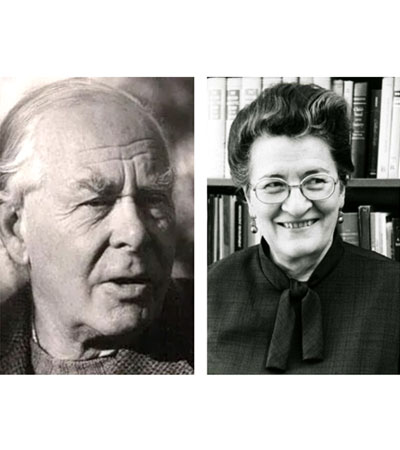
John Bowlby / Mary Ainsworth
What they advocated
John Bowlby- He is best known as the originator of the attachment theory. John Bowlby suggests that the earliest bonds that are formed between children and their parents have a profound impact on the child.
Mary Ainsworth theory states that children and infants need to develop a secure dependence on their parents before seeking unfamiliar situations.
How learners will see it in practice
1. We ensure that learners are able to observe this in action during the settling period
2. Parent-school partnership events
3. Emotions
4. 5 senses
5. Cognitive development
In theory work -
1. Project on Child development milestone
2. Longitudinal studies Project
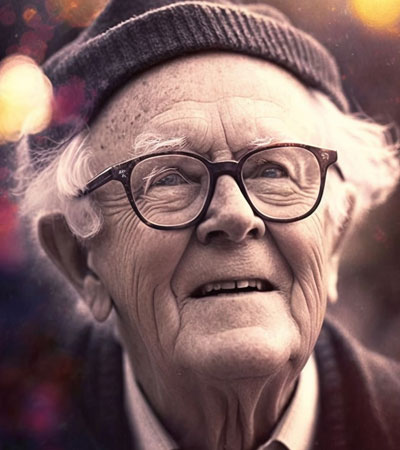
Jean Piaget
What he advocated
He is the Father of Cognitive Development Theory. His Schemas Of Play help us understand how children learn through play.
How learners will see it in practice
Practical exposure to seeing the 9 Schemas of Play in action in the Podar Prep Curriculum
In theory work -
Project on Child development milestone
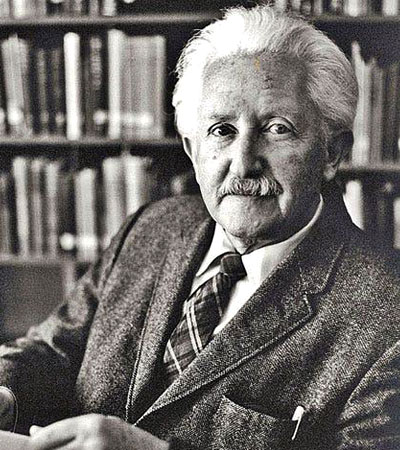
Erik Erikson
What he advocated
He developed one of the most popular and influential theories of emotional development.
How learners will see it in practice
1. Learners understand it in our Behaviour Management techniques
2. Understanding of what support children require at various stages in their development
In theory work -
Project on Child development milestone and Child rights
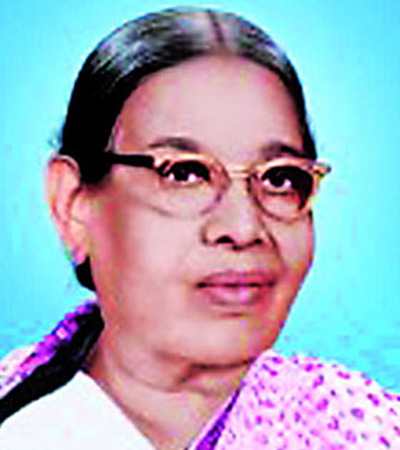
Tarabai Modak
What she advocated
She partnered with Gijubhai Badheka and started the first teacher training college. She gave us the concept of Anganwadi - a quality early childhood education approach using indigenous materials.
How learners will see it in practice
1. Using indigenous materials in our games and activities
2. Inclusion of songs and family language
In theory work -
Project on designing a Curriculum School Model
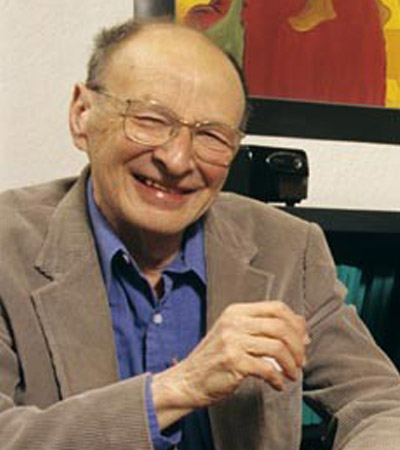
Uri Bronfenbrenner
What he advocated
He is best known for having developed human ecology theory. The theory is one of the most accepted explanations regarding the influence on Human development. Social factors determine your way of thinking, the emotions you feel, and your likes and dislikes.
How learners will see it in practice
Our learning strategies like -
1. Collaborative drawing/learning
2. Think-pair-share
3. Concentric circles
In theory work -
Project file on Health & Hygiene and meal planning
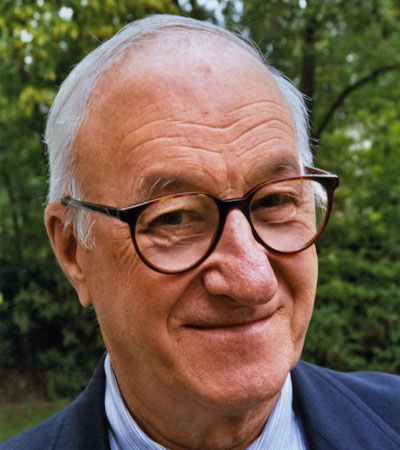
Albert Bandura
What she advocated
An influential social cognitive psychologist, best known for his social learning theory, the concept of self-efficacy, and his famous Bobo doll experiments.
The theory suggests that people learn new behaviours by observing and imitating others.
How learners will see it in practice
Our Behaviour Management strategies emphasize on adult behaviour as children learn by imitation
In theory work -
Project on Child development milestone and Child rights
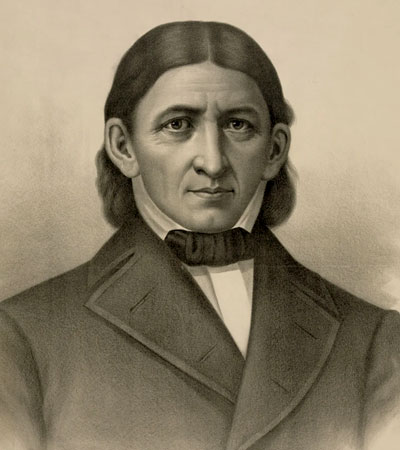
Friedrich Froebel
What he advocated
He is the Father of Kindergarten, He designed Gifts (blocks) and Occupations (all the art and craft activities we use in Early Years Settings)
How learners will see it in practice
1. Coding curriculum with Froebel gifts
2. All his Occupations are part of the curriculum
3. Nature Activities
4. Songs and Music
5. Movement Games
In theory work -
Techno Whiz Presentation
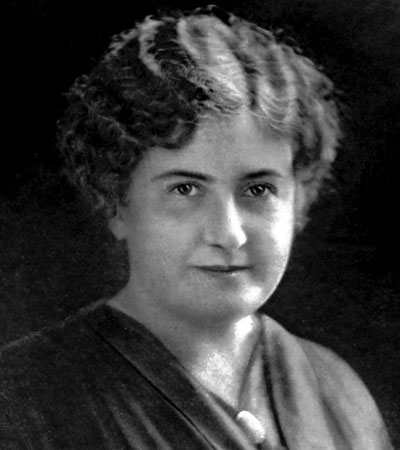
Maria Montessori
What she advocated
She developed the Didactic Equipment for children and taught teachers about Planes Of Development And Sensitive Periods of development.
How learners will see it in practice
1. Understanding of how children learn at every stage
2. Understanding of how numeracy skills are associated with the didactic equipment
In theory work -
Longitudinal Studies Project
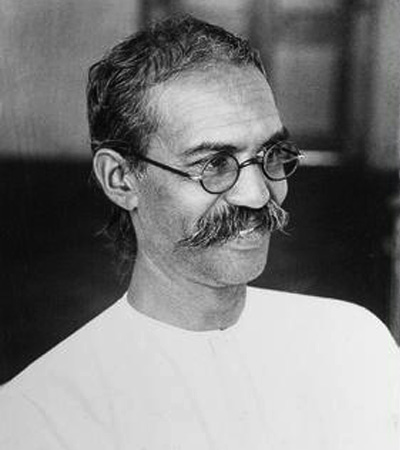
Gijubhai Badheka
What he advocated
He set up first Balwadi in India in 1920. He advocated for story pedagogy and his book, ‘Divaswapna’ helps teachers understand how to teach through stories, games and toys. He started the first teacher training college with Tarabai Modak.
How learners will see it in practice
1. Our story based pedagogy
2. Songs and rhymes in our curriculum
3. Learning with Play
In theory work -
1. Project on Puppetry
2. Project on creating Rhymes
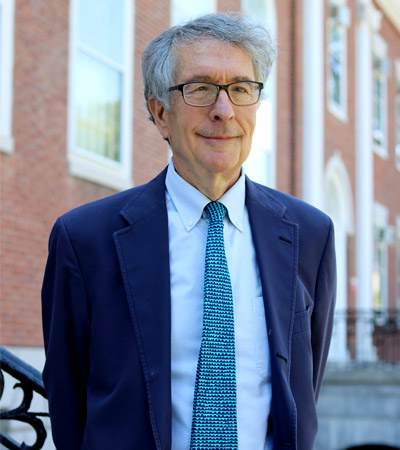
Howard Gardner
What he advocated
A cognitive psychologist and author, he is best known for his theory of multiple intelligences.
How learners will see it in practice
1. Play explore learn (free play time)
2. Circle time
3. Numeracy
4. Immersive spa
In theory work -
1. Project file on Lesson Plan
2. Project file on Teaching and learning aids